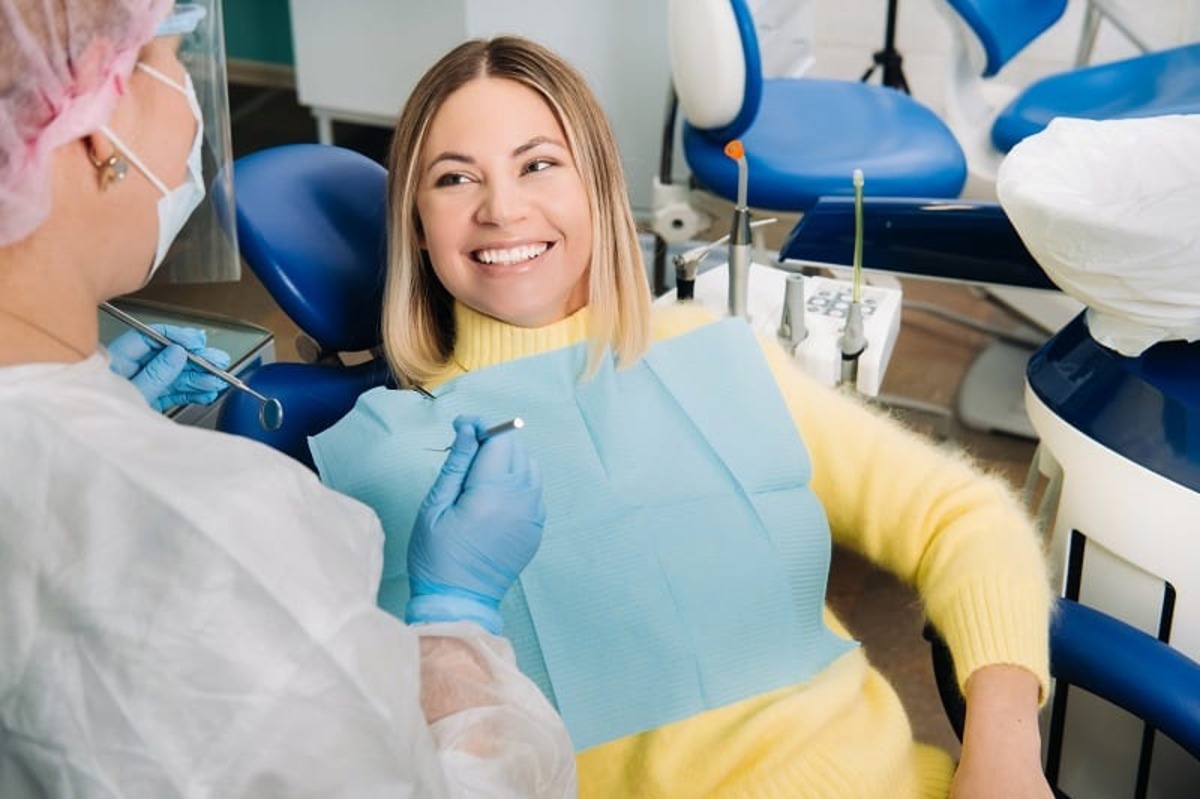Key Takeaways
- Dental anxiety is common but manageable.
- A variety of techniques and solutions can help make dental visits more comfortable.
- Understanding and communication are key to easing dental fears.
- Professional guidance should be sought when needed to address severe dental anxiety.
Understanding Dental Anxiety
Many individuals have a deep-rooted fear of visiting the dentist, which is often referred to as dental anxiety. This fear can arise from many triggers, such as a bad experience in the past, tales of painful procedures from acquaintances, or simply the fear of the unknown. Research indicates that approximately 36% of the population experiences some degree of anxiety before heading to the dentist. This can result in delayed or avoided dental visits, negatively impacting oral health in the long run.
However, the introduction of sedation dentistry provides hope for those dreading their appointments. It offers a way to alleviate the tension and make the experience more bearable. By understanding the root causes and available resources, patients can better prepare and manage their fears, leading to healthier dental habits.
Techniques to Reduce Anxiety
Breathing and Relaxation Exercises
Deep breathing is a cornerstone technique in relaxation strategies, proven to reduce stress and anxiety effectively. The practice promotes oxygen circulation in the bloodstream, calming the mind and body. One well-known method is to focus on the breath by inhaling deeply for a count of four, holding the breath for four seconds, and slowly exhaling for another four counts. This routine distracts from stressful thoughts and soothes the nervous system, making dental visits less daunting for those who practice it consistently.
Guided Imagery
Guided imagery is a powerful tool for countering dental anxiety. By conjuring images of serene landscapes or cherished memories, individuals can mentally transport themselves away from the source of stress—the dental chair. This visualization technique taps into the brain’s capacity to create detailed mental images, which can have a calming effect on the body. Focusing on these positive images can help patients remain calm, relaxed, and more controlled during dental procedures.
Communicate with Your Dentist
Communication is a critical component of overcoming dental anxiety. Many patients hesitate to voice their fears, thinking it might be perceived as weakness or irrational. However, most dental professionals are well-trained to handle such cases and appreciate being informed. Patients and dentists can collaborate to create a more comfortable experience by openly discussing apprehensions. This might include agreeing on specific signals to pause treatment if the patient feels uneasy or the dentist takes extra time to explain procedures thoroughly. Such transparency builds trust and demystifies the dental process, empowering patients to take charge of their dental health.
Modern Sedation Options
The evolution of sedation techniques in dentistry has offered profound relief for those with intense anxiety. Various sedation levels—ranging from mild, oral sedatives that reduce anxiety while keeping the patient awake to deeper sedation methods like intravenous sedation—are available depending on the required procedure and the patient’s comfort level. Such options ensure a serene and comfortable experience, allowing for necessary dental interventions without added stress. Additionally, choosing sedation requires clear communication with the dentist to select the most suitable option based on the patient’s medical history and anxiety level.
Among the most accessible and commonly used sedation methods is nitrous oxide, also known as laughing gas. It has been lauded for its minimal side effects and the ability to quickly wear off, allowing patients to resume their daily activities shortly after their appointments. This option particularly appeals to shorter, non-complex procedures, ensuring patients feel at ease without continuous sedation.
Creating a Supportive Environment
The environment within a dental practice can significantly contribute to a patient’s comfort and anxiety levels. Modern dental offices strive to create calming atmospheres by incorporating ambient music, aromatherapy, and visually soothing interiors. Some practices allow or even encourage patients to bring items from home that they find comforting, such as headphones, favorite music playlists, or a comforting blanket. These small personal touches can make a difference, turning the dental office from a place of dread to one of comfort and tranquility, making treatment a more pleasant experience.
When Professional Help Is Needed
Sometimes, dental anxiety can be part of a broader pattern of anxiety or phobic disorder, necessitating professional intervention. If anxiety is profound and impacts daily life beyond dental visits—causing outright avoidance of necessary care—it might be beneficial to seek help from a mental health professional. Techniques such as Cognitive Behavioral Therapy (CBT) are regularly employed to help patients identify negative patterns and develop healthier responses, transforming their approach to dental visits over time. Professional guidance can offer additional support and equip individuals with coping strategies tailored to their needs.
Building Long-Term Confidence
Addressing dental anxiety is about overcoming a single fear and building a lifetime of positive dental experiences. As patients learn to manage their anxiety through a combination of self-help techniques and professional support, their perception of the dentist shifts. Routine check-ups evolve from a source of fear to a regular and manageable aspect of health care, essential for maintaining oral hygiene and well-being. By proactively engaging in practices like honest communication with dentists and possibly utilizing sedation dentistry, patients embark on a journey toward a future of calm and stress-free dental care, ultimately resulting in improved long-term oral health.










